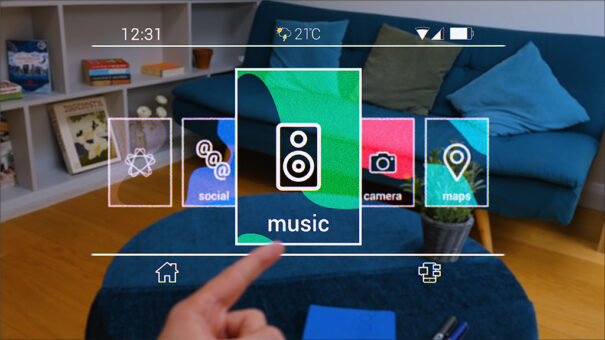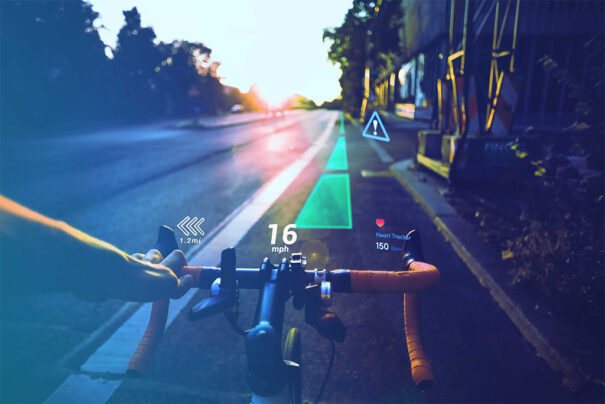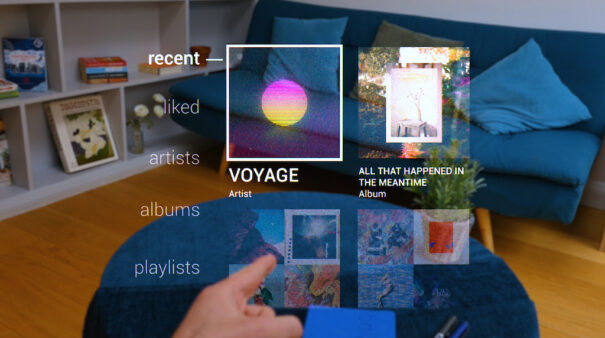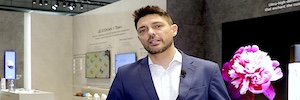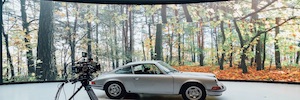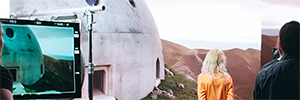Mo-Sys se asocia con VividQ para impulsar la realidad aumentada
El trabajo desarrollado por ambas empresas mejorará el posicionamiento de modelos 3D en dispositivos de realidad aumentada mediante holografía generada por ordenador.
Mo-Sys Engineering, empresa que ofrece soluciones de seguimiento de cámaras de precisión para estudios virtuales y realidad aumentada (RA), has been associated with VividQ, pionero en holografía generada por ordenador para pantallas RA de próxima generación. Esto permite que las proyecciones holográficas en 3D se sitúen con precisión en el espacio real, y que los usuarios de futuros dispositivos RA, como las gafas inteligentes, puedan explorar el contenido virtual en contexto con el entorno natural.
“Las posibilidades y aplicaciones de realidad aumentada en dispositivos de tiempo real apenas se están explorando. Estamos a la vanguardia del seguimiento de cámaras; VividQ está a la vanguardia de la holografía generada por ordenador, y nos entusiasma trabajar juntos para hacer realidad algunos de estos conceptos”, señala Michael Geissler, director general de Mo-Sys Engineering.
Mo-Sys StarTracker es una tecnología de seguimiento de cámara que se utiliza en la producción de televisión y otros entornos creativos para aplicaciones que van desde estudios virtuales hasta extensiones de plató en tiempo real. Proporciona una localización precisa de la cámara en el espacio XYZ y con libre rotación.
Holografía por ordenador
For its part, el software VividQ para la holografía generada por ordenador se utiliza en innovadoras aplicaciones de visualización, desde los wearables de realidad aumentada hasta los head-up displays.
La holografía, el santo grial de las tecnologías de visualización, se basa en el cálculo de alto rendimiento de complejos patrones de luz para proyectar objetos y escenas realistas, por ejemplo en dispositivos de RA.
VividQ genera proyecciones holográficas que, gracias a la precisión de localización de Mo-Sys, pueden mostrarse al usuario en el lugar correcto del entorno real. Se trata de un gran avance respecto a los dispositivos de realidad aumentada actuales, en los que los objetos planos (estereoscópicos) no coinciden con el mundo real. Al presentar las proyecciones holográficas con profundidad, los ojos del usuario pueden enfocar de forma natural mientras exploran la escena.
“Nuestra asociación con Mo-Sys es clave para comprender el potencial de la holografía generada por ordenador en las futuras aplicaciones de RA, desarrollando experiencias en las que los objetos virtuales pueden mezclarse perfectamente con el mundo real”, aclara Darran Milne, director general de VividQ.
You liked this article?
Subscribe to us RSS feed And you won't miss anything.



